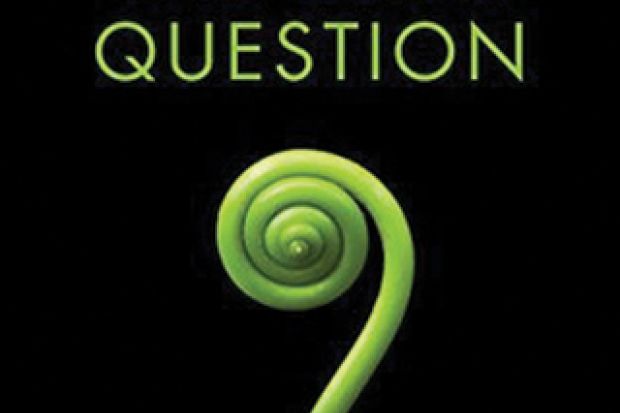For all our progress in scientific research, one of the fundamental questions to remain unanswered is “Why is life the way it is?”. From recent advances in certain fields, it is generally agreed that all complex life originated from a single common ancestor, a primitive life form, which existed about 4 billion years ago. But what were the conditions that led to the origin of life? Why did this miraculous event occur only once? And what were the changes that resulted in the exquisite diversity in life forms that we witness around us today? Here, Nick Lane presents an eloquent, compelling argument that draws on cutting edge research from biochemistry, cell biology and genetics, and approaches the question of the origin of life from a very different perspective: energy.
For life to emerge, energy would have been a necessary prerequisite: without a source of energy, any emergence of life could not sustain itself. By looking at similarities that exist across all life today – from complex organisms down to single-celled prokaryotes – Lane argues that proton gradients, which exist across cell membranes in all life today, are likely to be the energy source that originally powered the emergence of life, allowing for both carbon and energy metabolism, and leading to single-celled prokaryotes (bacteria and archaea).
Conscientiously taking us through his reasoning, Lane presents a convincing hypothesis not just for the emergence of life but also for the emergence of multicellular organisms (eukaryotes). He theorises that the same energy source that resulted in the establishment of these primitive cells also constrained their ability to evolve beyond single-celled organisms. That is, until one single-celled organism ended up inside another – the process of endosymbiosis.
According to Lane, the acquisition of an endosymbiont – what we now know in the cell as mitochondria, the powerhouse of the cell – transformed the landscape for eukaryotes, enabling them to evolve in a whole host of ways, ranging from cell size and volume, to genome size, impacting the organisation and structure of the eukaryotic genome, and even attributing a role for mitochondria in the evolution of sex (although I have yet to be convinced on this last point). Freed from energetic constraints to diversify, eukaryotes did indeed diversify to occupy all niches possible.
Lane has done a fantastic job of presenting some very clear and persuasive hypotheses drawn from recent research in an easy to follow manner. He introduces the background and the questions surrounding the topic in simple, logical fashion. The Vital Question certainly made me think about the question of the origin of life from a standpoint that is very different from the one I’m used to as a geneticist. His witty style of writing is captivating, almost conversational, and makes this book a pleasure to read. I will admit that I was hoping for a little more on the origin of DNA/RNA, although Lane alludes to having covered that in one of his previous works (perhaps I need to read those, too). It’s certainly an essential book for anyone interested in the origin of life.
The Vital Question: Why Is Life the Way It Is?
By Nick Lane
Profile, 352pp, £25.00
ISBN 9781781250365 and 9781847658807 (e-book)
Published 23 April 2015





